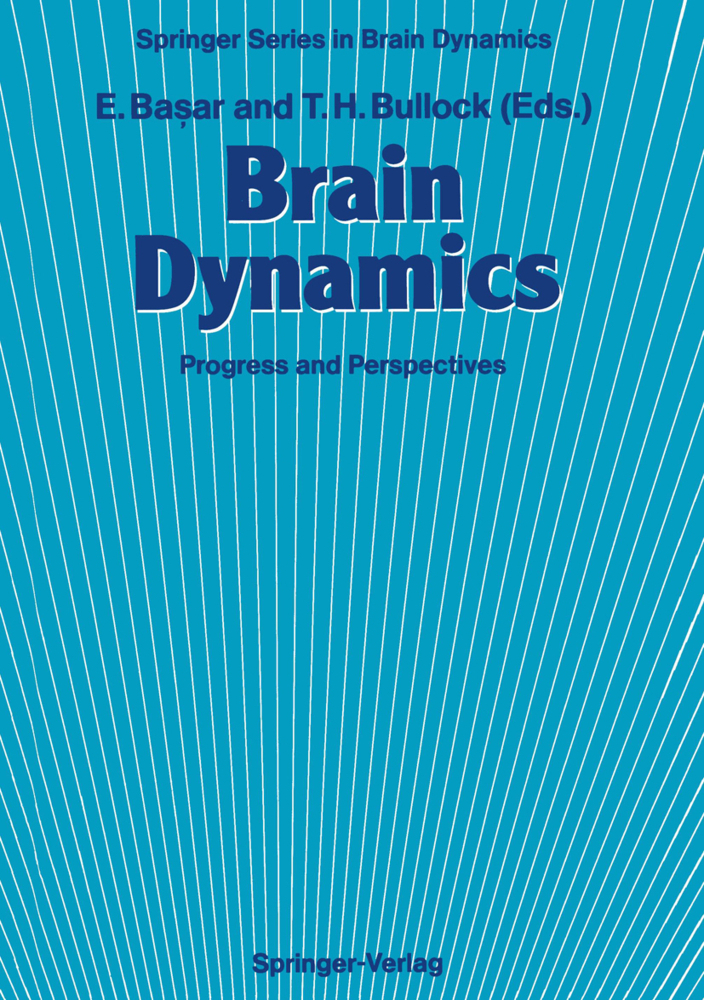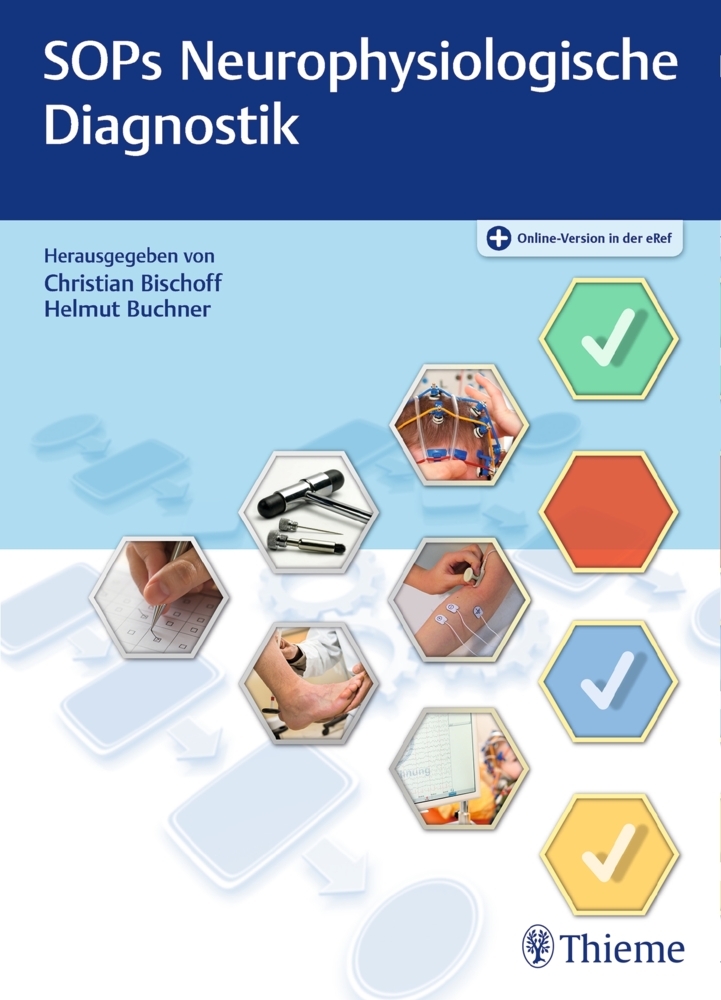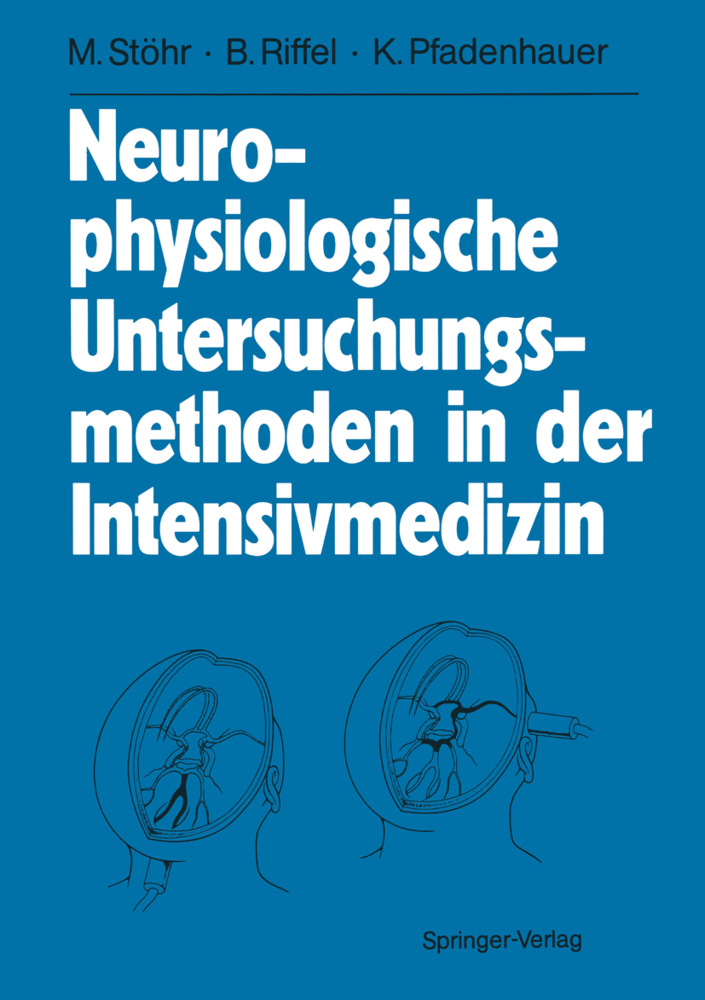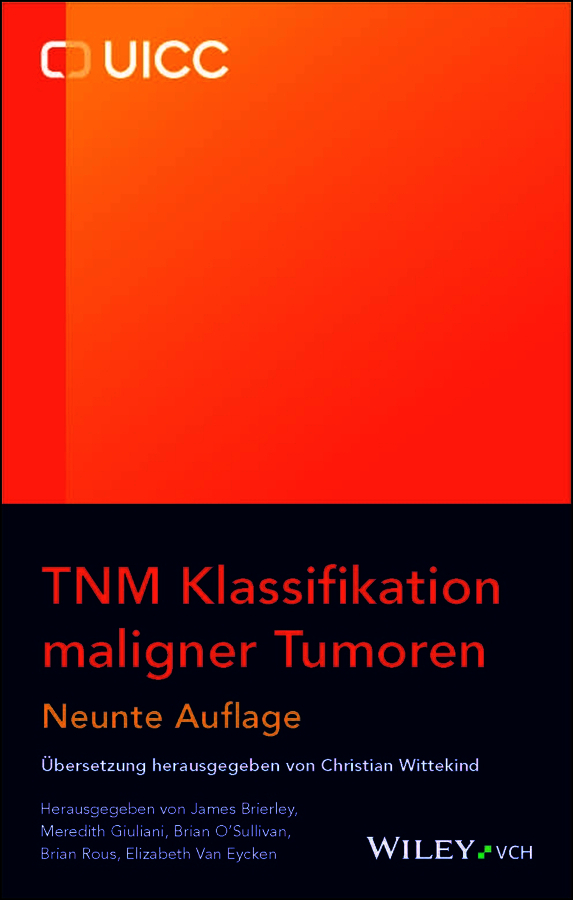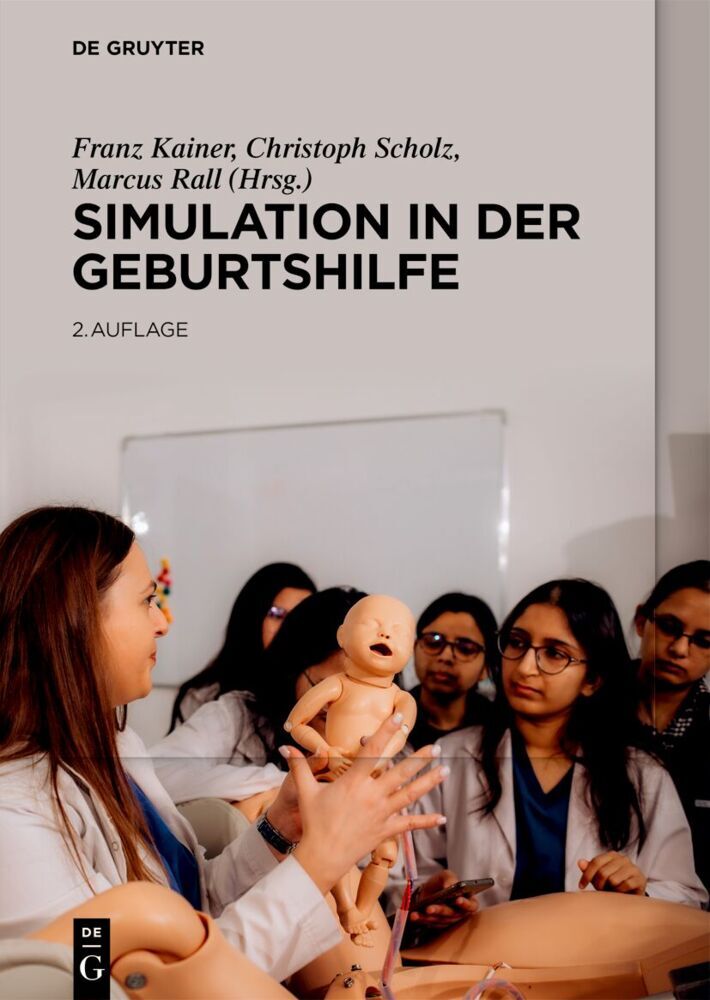Brain Dynamics
Progress and Perspectives
Brain Dynamics
Progress and Perspectives
This volume is based on contributions to the second Brain Dynamics Conference, held in Berlin on August 10-14, 1987, as a satellite conference of the Budapest Congress of the International Brain Research Organization. Like the volume resulting from the first conference, Dynamics of Sensory and Cognitive Processing by the Brain, the present work covers new approaches to brain function, with emphasis on electromagnetic fields, EEG, event-related potentials, connectivistic views, and neural networks. Close attention is also paid to research in the emerging field of deterministic chaos and strange attractors. The diversity of this collection of papers reflects a multipronged advance in a hitherto relatively neglected domain, i. e., the study of signs of dynamic processes in organized neural tissue in order both to explain them and to exploit them for clues to system function. The need is greater than ever for new windows. This volume reflects a historical moment, the moment when a relatively neglected field of basic research into available signs of dynamic processes ongoing in organized neural tissue is expanding almost explosively to complement other approaches. From the topics treated, this book should appeal, as did its predecessor, to neuroscientists, neurologists, scientists studying complex systems, artificial intelligence, and neural networks, psychobiologists, and all basic and clinical investigators concerned with new techniques of monitoring and analyzing the brain's electromagnetic activity.
The Micro-EEG Represents Varied Degrees of Cooperativity Among Wide-Band Generators: Spatial and Temporal Microstructure of Field Potentials
Electrogenesis of Evoked Potentials
Cell Membranes, Electromagnetic Fields, and Intercellular Communication
The EEG is a Quasi-Deterministic Signal Anticipating Sensory-Cognitive Tasks
Microstates of the Brain in EEG and ERP Mapping Studies
Spatiotemporal Aspects of Synergetic Processes in the Auditory Cortex as Revealed by the Magnetoencephalogram
Theoretical Approaches to Brain Function (Linear and Nonlinear)
Introductory Remarks
Self-Similarity in Hyperchaotic Data
Estimation of Correlation Dimensions from Single and Multichannel Recordings - A Critical View
Correlation Dimensions in Various Parts of Cat and Human Brain in Different States
Magnetoencephalography and Attractor Dimension: Normal Subjects and Epileptic Patients
Chaotic Attractors in a Model of Neocortex: Dimensionalities of Olfactory Bulb Surface Potentials Are Spatially Uniform and Event Related
Dimensional Analysis of the Waking EEG
A Model of the Generation of Electrocortical Rhythms
Linearity and Nonlinearity in Electrocortical Waves, and Their Elementary Statistical Dynamics
Can Artificial Intelligence Help in Finding How Brains May Work?
Discussion Following Remarks by A. de Callataÿ
Animal Models in Sensory and Cognitive Processes
Introductory Remarks
Comparisons of Sensory and Cognitive Brain Potentials in the Human and in an Animal Model
Evolution of Compound Field Potentials in the Brain
Discontinuities in Visual Cortex and Possible Functional Implications: Relating Cortical Structure and Function with Multielectrode/Correlation Techniques
Subcortical EvokedPotential Correlates of Early Information Processing: Mismatch Negativity in Cats
"No-Go Potential" in the Prefrontal Cortex of Monkeys
Epileptic Phenomena in the Neocortex: From Activity of Single Neurons to Field Potentials of Neuronal Pools
Brain Potentials During Sensory and Cognitive Processes
Introductory Remarks
Quantitative Electrophysiological Maps of Mental Activity
Neuroanatomical Contributions to Individual Differences in P300 Morphology
Sensory and Cognitive 40-Hz Event-Related Potentials: Behavioral Correlates, Brain Function, and Clinical Application
The CERP: Event-Related Perturbations in Steady-State Responses
Noninvasive Functional Investigations into Human Cortical Motor Physiology, Motor Learning, and Motor Imagery
Signs of Model Making by the Human Brain
The Clinical Use of P300 Cartography in Diseases with Disturbed Cognitive Processing of the Brain
Influence of Physostigmine on Cognitive Processing of the Brain
Semantic Distance and the Electrophysiological Priming Effect
The Search for Face-Specific Evoked Potentials
Area-Specific Regulation of Slow Cortical Potentials
How Brains May Work
Introductory Remarks
Panel Discussion: How Brains May Work
Analysis of Strange Attractors in EEGs with Kinesthetic Experience and 4-D Computer Graphics
Chaos in Brain Function and the Problem of Nonstationarity: A Commentary
Epilogue
Signs of Dynamic Processes in Organized Neural Tissue: Extracting Order from Chaotic Data.
Basic Approaches
Introductory RemarksThe Micro-EEG Represents Varied Degrees of Cooperativity Among Wide-Band Generators: Spatial and Temporal Microstructure of Field Potentials
Electrogenesis of Evoked Potentials
Cell Membranes, Electromagnetic Fields, and Intercellular Communication
The EEG is a Quasi-Deterministic Signal Anticipating Sensory-Cognitive Tasks
Microstates of the Brain in EEG and ERP Mapping Studies
Spatiotemporal Aspects of Synergetic Processes in the Auditory Cortex as Revealed by the Magnetoencephalogram
Theoretical Approaches to Brain Function (Linear and Nonlinear)
Introductory Remarks
Self-Similarity in Hyperchaotic Data
Estimation of Correlation Dimensions from Single and Multichannel Recordings - A Critical View
Correlation Dimensions in Various Parts of Cat and Human Brain in Different States
Magnetoencephalography and Attractor Dimension: Normal Subjects and Epileptic Patients
Chaotic Attractors in a Model of Neocortex: Dimensionalities of Olfactory Bulb Surface Potentials Are Spatially Uniform and Event Related
Dimensional Analysis of the Waking EEG
A Model of the Generation of Electrocortical Rhythms
Linearity and Nonlinearity in Electrocortical Waves, and Their Elementary Statistical Dynamics
Can Artificial Intelligence Help in Finding How Brains May Work?
Discussion Following Remarks by A. de Callataÿ
Animal Models in Sensory and Cognitive Processes
Introductory Remarks
Comparisons of Sensory and Cognitive Brain Potentials in the Human and in an Animal Model
Evolution of Compound Field Potentials in the Brain
Discontinuities in Visual Cortex and Possible Functional Implications: Relating Cortical Structure and Function with Multielectrode/Correlation Techniques
Subcortical EvokedPotential Correlates of Early Information Processing: Mismatch Negativity in Cats
"No-Go Potential" in the Prefrontal Cortex of Monkeys
Epileptic Phenomena in the Neocortex: From Activity of Single Neurons to Field Potentials of Neuronal Pools
Brain Potentials During Sensory and Cognitive Processes
Introductory Remarks
Quantitative Electrophysiological Maps of Mental Activity
Neuroanatomical Contributions to Individual Differences in P300 Morphology
Sensory and Cognitive 40-Hz Event-Related Potentials: Behavioral Correlates, Brain Function, and Clinical Application
The CERP: Event-Related Perturbations in Steady-State Responses
Noninvasive Functional Investigations into Human Cortical Motor Physiology, Motor Learning, and Motor Imagery
Signs of Model Making by the Human Brain
The Clinical Use of P300 Cartography in Diseases with Disturbed Cognitive Processing of the Brain
Influence of Physostigmine on Cognitive Processing of the Brain
Semantic Distance and the Electrophysiological Priming Effect
The Search for Face-Specific Evoked Potentials
Area-Specific Regulation of Slow Cortical Potentials
How Brains May Work
Introductory Remarks
Panel Discussion: How Brains May Work
Analysis of Strange Attractors in EEGs with Kinesthetic Experience and 4-D Computer Graphics
Chaos in Brain Function and the Problem of Nonstationarity: A Commentary
Epilogue
Signs of Dynamic Processes in Organized Neural Tissue: Extracting Order from Chaotic Data.
Ba ar, Erol
Bullock, Theodore H.
| ISBN | 978-3-642-74559-1 |
|---|---|
| Artikelnummer | 9783642745591 |
| Medientyp | Buch |
| Copyrightjahr | 2012 |
| Verlag | Springer, Berlin |
| Umfang | XIX, 547 Seiten |
| Abbildungen | XIX, 547 p. 10 illus. in color. |
| Sprache | Englisch |

